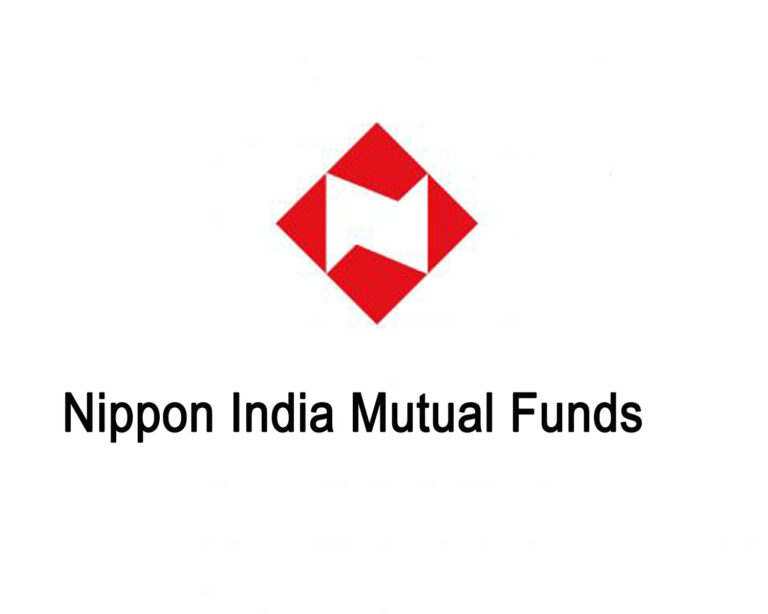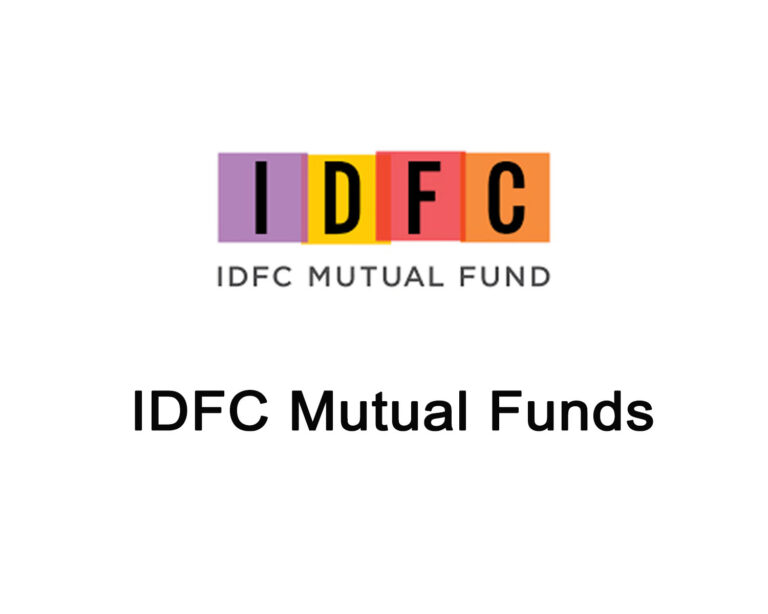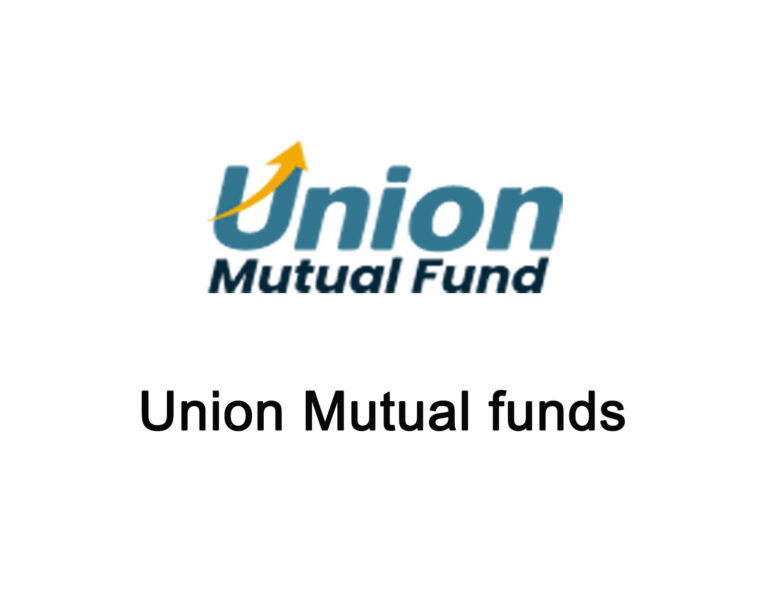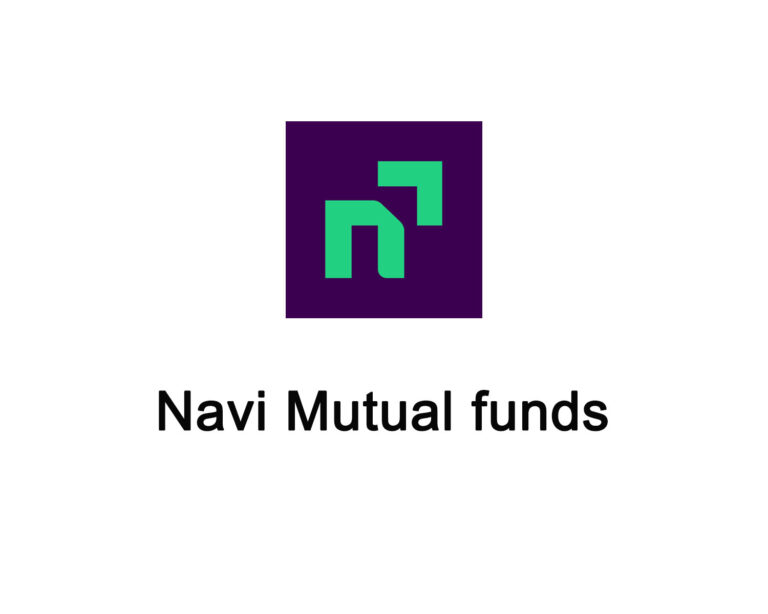Asset Management Company (AMC)
An Asset Management Company (AMC) accumulates investments from various investors, creating a fund pool used to invest across a diverse portfolio of equities, debts, and risk-free instruments. This strategy aims to optimize returns while managing potential risks effectively. Typically, AMCs charge a management fee based on the total assets under management (AUM). By offering professional management and a broad spectrum of investment options, AMCs play a pivotal role in the finance sector, catering to the needs of both individual and institutional investors.
What is an Asset Management Company?
An Asset Management Company (AMC) operates as a financial entity that aggregates funds from individual investors, channeling them into a spectrum of securities. The prime goal is to achieve favorable returns for investors, all while levying a fee.
AMCs meticulously craft diversified portfolios, encompassing stocks, debt, real estate, bonds, and shares, among others. In-depth evaluations of industry, market, political, and return-related risks guide the selection of securities, aligning them with predefined investment objectives. For instance, low-risk government bonds are favored by debt funds, whereas equity-oriented counterparts venture into high-risk, high-return shares and stocks.
This strategic maneuvering caters to varying risk appetites while fostering the pursuit of sustainable financial growth.
How are the funds managed by an AMC?
The management of funds by an Asset Management Company (AMC) entails a meticulous process, ensuring that investors’ financial objectives are effectively met through the following strategies:
1. Market Research and Analysis:-
Rigorous market research, encompassing macroeconomic and microeconomic factors, political dynamics, and trends, lays the foundation. This enables the selection of securities that are likely to surpass investors’ return expectations.
2. Asset Allocation:-
Asset allocation is based on both market research and individual financial objectives. For instance, a debt-oriented approach may involve a limited 20% allocation to equity-oriented funds to mitigate risk. Conversely, equity-oriented funds could invest over 70% in equity and the remainder in debt. Balanced funds might opt for a 60-40 equity-debt split to balance risk and return.
3. Creating a Portfolio:-
The asset manager leverages market insights, analysis by experts, and the investor’s goals to craft the portfolio. This stage involves decisions on buying, selling, and holding securities over specific periods, harnessing market expertise to optimize outcomes.
4. Performance Review:-
As investors’ funds are at stake, consistent portfolio performance evaluation is paramount. Asset managers continually substantiate buy, sell, or hold decisions to investors and trustees. Regular updates on sales, repurchases, Net Asset Value (NAV), Return on Investment (ROI), portfolio modifications, and potential impacting factors are communicated to investors.
By meticulously following these steps, AMCs ensure effective management of investors’ funds, aligning with their financial aspirations while navigating the dynamic landscape of financial markets.
How do Asset Management Company function?
The operational functioning of an Asset Management Company (AMC) is structured as follows:-
1. Fund Collection:-
An AMC accumulates capital from diverse investors with varying financial goals. This aggregation forms a substantial fund pool, which is pivotal for the subsequent investment strategy.
2. Portfolio Diversification:-
The AMC employs the amassed funds to construct an extensively diversified portfolio. This strategy reaps benefits from economies of scale, as the large pool allows the AMC to negotiate discounts on purchases. The objective is to optimize returns while mitigating risk through a range of investments.
3. Return Distribution:-
The returns generated by the meticulously managed portfolio are then distributed proportionally among the individual retail investors who contributed to the fund. This equitable distribution mechanism ensures that investors enjoy the benefits of their collective investments.
4. Fee Structure:-
AMCs offer their services under either fixed or commission-based fee models. In the case of a fixed fee, investors pay a predetermined amount at regular intervals (monthly or quarterly) for the management of their funds. The commission-based model involves fees based on a percentage of the assets under management (AUM) or on the returns generated.
Through these operational steps, an AMC orchestrates the efficient management of funds, enabling investors to access professionally managed portfolios and, in turn, fostering the potential for wealth accumulation aligned with their financial aspirations.
Point to consider before you choose an AMC
Choosing the right Asset Management Company (AMC) requires careful consideration of several factors. Here are crucial points to evaluate before investing your hard-earned money:
1. Investment Objective and Performance History:-
Understand the investment objectives of the schemes offered by the AMC. Analyze the track record and performance history of these schemes across market fluctuations. Evaluate how well the schemes have performed during both bullish and bearish phases.
2. Reputation of the AMC:-
A solid reputation is earned through consistent performance over a substantial period, typically 5 to 10 years. Research the annual reports of both the schemes and the AMC. Review market feedback and the AMC’s compliance with regulatory bodies such as SEBI, AMFI, and RBI.
3. Fund Manager’s Credibility:-
The fund manager is central to an AMC’s success. Investigate the past performance of the fund manager in terms of managing assets and funds. A capable fund manager significantly influences the overall performance of the AMC.
4. Price and Value Analysis:-
Assess the fund’s price and the value it brings in terms of returns and value creation. Carefully scrutinize the potential returns against the price you’re paying for the investment.
5. Fees and Commissions:-
Understand the fee structure of the AMC. Some charge a fixed fee, while others opt for a commission based on returns. Opting for a fixed fee can provide transparency and predictability in terms of outflow.
By meticulously evaluating these factors, investors can make informed decisions about which AMC aligns best with their investment goals and risk appetite. This diligence ensures that their investments are entrusted to a reliable entity that holds a track record of delivering consistent performance while safeguarding their financial interests.
Bodies Governing AMC’s Operation
The operations of Asset Management Companies (AMCs) are overseen by several governing bodies, ensuring their adherence to ethical and regulatory standards. These include:
1. Board of Trustees:-
AMCs function under the oversight of a board of trustees. This body ensures that the operations of the AMC align with the best interests of the investors and regulatory compliance.
2. Securities and Exchange Board of India (SEBI):-
SEBI is the paramount regulatory authority in the Indian capital market. It exercises comprehensive control over all AMCs, supervising and regulating their activities to safeguard investor interests and maintain market integrity.
3. Association of Mutual Funds in India (AMFI):-
AMFI, a statutory body formed by mutual fund companies, operates with the mission of fostering transparency and ethical practices in the financial industry. AMFI sets guidelines and standards for mutual fund operations that every AMC must adhere to.
4. Reserve Bank of India (RBI):-
While SEBI and AMFI oversee the AMC sector, banks that serve as sponsors of AMCs also fall under the purview of the Reserve Bank of India. RBI ensures that banking institutions comply with relevant regulations in conjunction with SEBI and AMFI mandates.
5. Regulatory Hierarchy:-
While all these regulatory bodies have distinct roles, it’s important to note that SEBI holds overarching authority as the apex regulatory body governing financial markets. Both SEBI and AMFI set guidelines that AMCs, banks, and other financial entities must follow.
In summary, the collaborative efforts of SEBI, AMFI, RBI, and the board of trustees create a robust regulatory framework that ensures AMCs operate transparently, ethically, and in compliance with established regulations, thereby safeguarding the interests of investors and promoting the overall health of the financial industry.
Guidelines laid by SEBI, AMFI, and RBI for an AMC
SEBI, AMFI, and RBI have set forth essential guidelines and practices that every Asset Management Company (AMC) must adhere to, ensuring transparency, ethical conduct, and investor protection. Some of these mandatory regulations include:
a. Independence of Chairman:-
SEBI mandates that the Chairman of an AMC cannot concurrently hold the position of a Trustee in any mutual fund. This separation ensures a clear distinction between managerial and fiduciary roles.
b. Integrity of Key Personnel:-
AMCs are obligated not to employ key personnel with a history of fraudulent or offensive behavior. This criterion ensures the integrity and credibility of those overseeing fund operations.
c. Distinct Roles:-
AMC entities are prohibited from also acting as Trustees for the same mutual fund. This demarcation maintains a separation of roles, reducing potential conflicts of interest.
d. Minimum Net Worth:-
To ensure financial stability and security for investors, an AMC must maintain a net worth of at least Rs. 10 crores. This financial threshold supports the AMC’s capacity to manage funds effectively.
e. Disclosure of Investment Intent:-
Prior to investing in any of its own schemes, the AMC is obligated to disclose its investment intention in the offer documents. This transparency prevents any conflict of interest and ensures investors are informed.
f. Regular Reporting:-
AMCs must provide quarterly reports to the Trustees detailing their activities and compliance with regulatory standards. This ongoing reporting mechanism ensures oversight and accountability.
By adhering to these guidelines from SEBI, AMFI, and RBI, AMCs maintain a high level of integrity, transparency, and investor-centric focus, fostering trust and confidence among investors and promoting a healthy investment ecosystem.







































